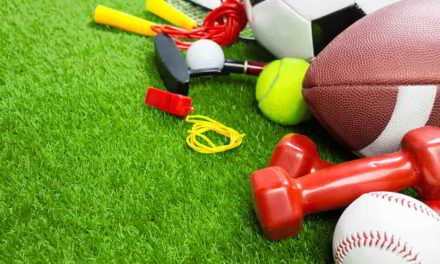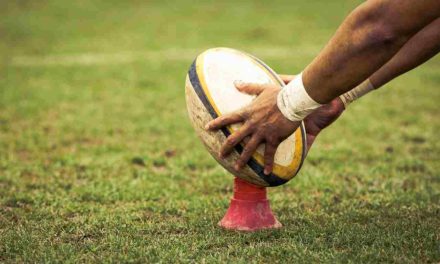One of the main roles of a PE teacher is to make sure every pupil has the opportunity to succeed, no matter their age, gender, ability or background. Studies have found:
“that implementing a differentiated approach to swimming teaching appears to represent a significant challenge, but this method facilitated student learning outcomes.”
So how can you differentiate your lesson to make sure each pupil is catered for?
1. By groups
The simplest, and often the most effective, method of differentiation in PE lessons is to group pupils by ability, with the most able pupils working together and the pupils who are still developing their skills working together. This method relies heavily on the teacher knowing the ability of their classes, and being able to assess the pupils quickly. Asking pupils to complete self-assessments of their ability may also aid this.
“No two pupils learn in the same way. Some may learn best while working with peers, or in small or large groups, whilst others learn best in a more isolated situation.”
2. By task
Pupils could be grouped by their ability level and then given a slightly different task to complete. This will involve setting a task that can be adapted to include a greater or lesser challenge, and either directing pupils to the appropriate task or asking them to select based on their ability. It may also involve changing the rules of the activity, or how many times a pupil has to complete it.
3. By equipment
By providing pupils with a variety of equipment, PE teachers can ensure that all pupils can access an activity. A great example is a provision of short handle tennis or badminton rackets for developing players, moving on to longer handle rackets as they develop.
4. By outcome
Success can and will look very different for different pupils. Your role as a PE teacher is to identify and celebrate the successes and then move the pupils on to the next challenge. It may be that some pupils have to score 5 baskets in a minute, whilst others have to score 10. Pupils could set themselves a target to take ownership of their learning.
5. By teaching
Finally, the way you as a teacher interact with a pupil can allow differentiation. This can include the amount of support which is given whilst working, the number of instructions given, or the pace at which a pupil or group of pupils is asked to work at.
“For more independent and advanced learners, a pupil-centred approach may be more appropriate, whilst developing learners may need a more teacher-centred approach. Also, for activities where safety is paramount, such as javelin or trampolining, a teacher-centred approach is required.”
In summary, differentiation is a simple concept to explain, however, implementing it is complex and requires careful planning and a secure knowledge of each pupil you teach. Do not be afraid to try and adapt a variety of different methods of differentiation, and do not be disheartened if a strategy doesn’t work the first time.
Make sure to check out PEOffice to see what it can offer you. You can also ring the team on 01909 776 900, send an email to mail@peoffice.co.uk or book a free online demonstration here.










